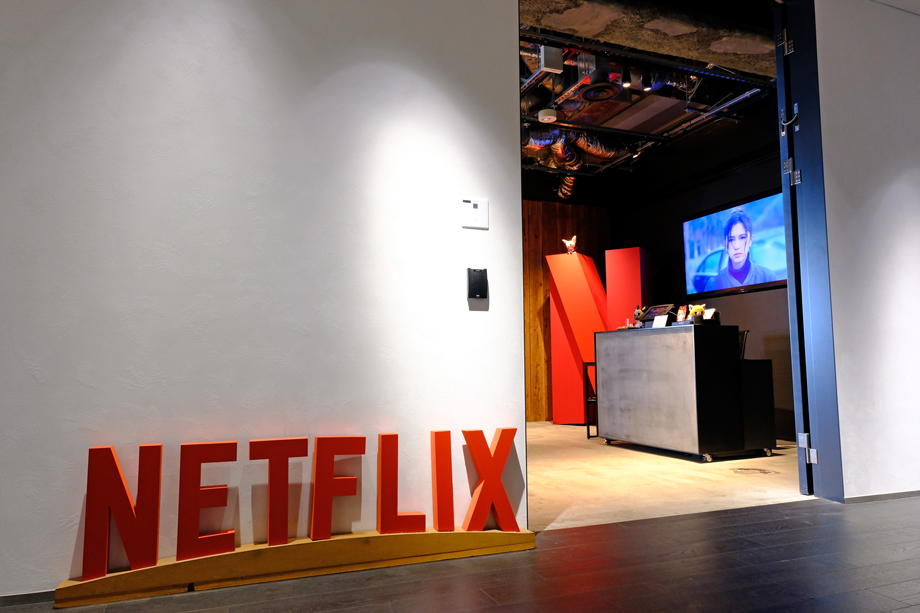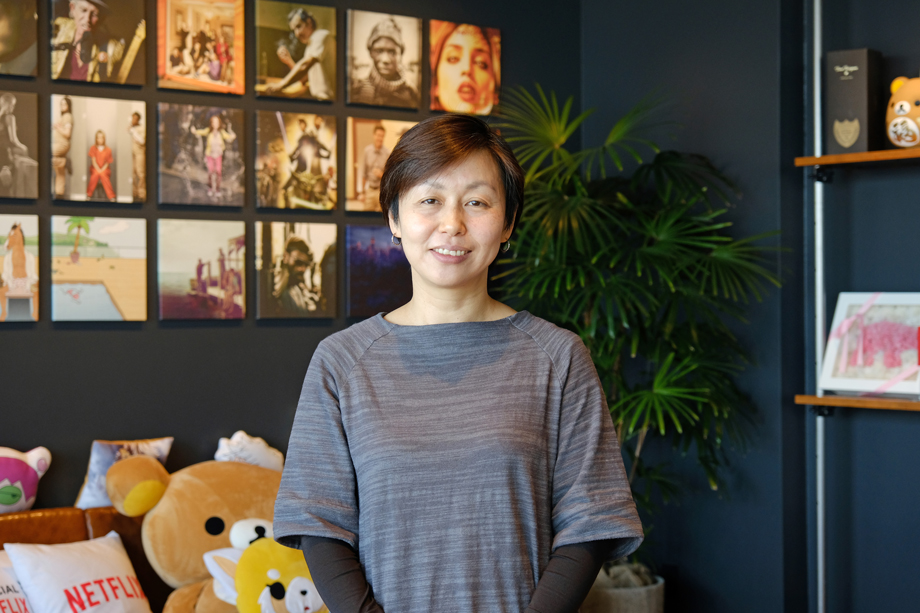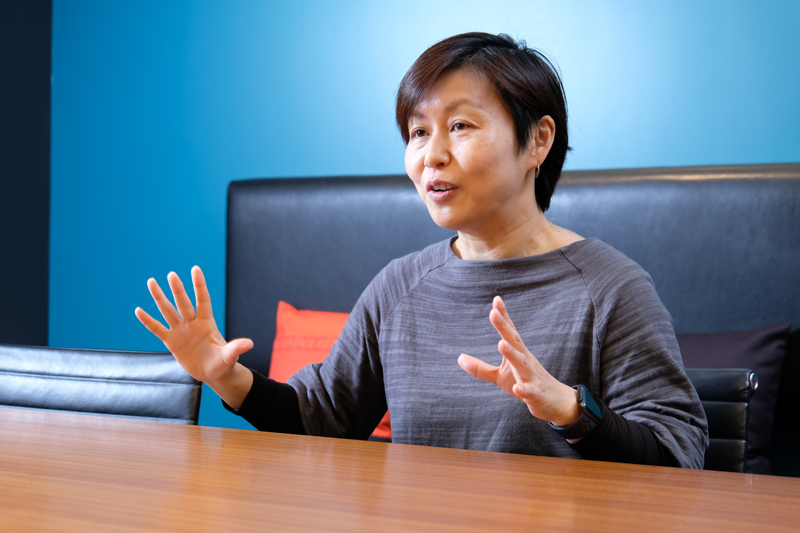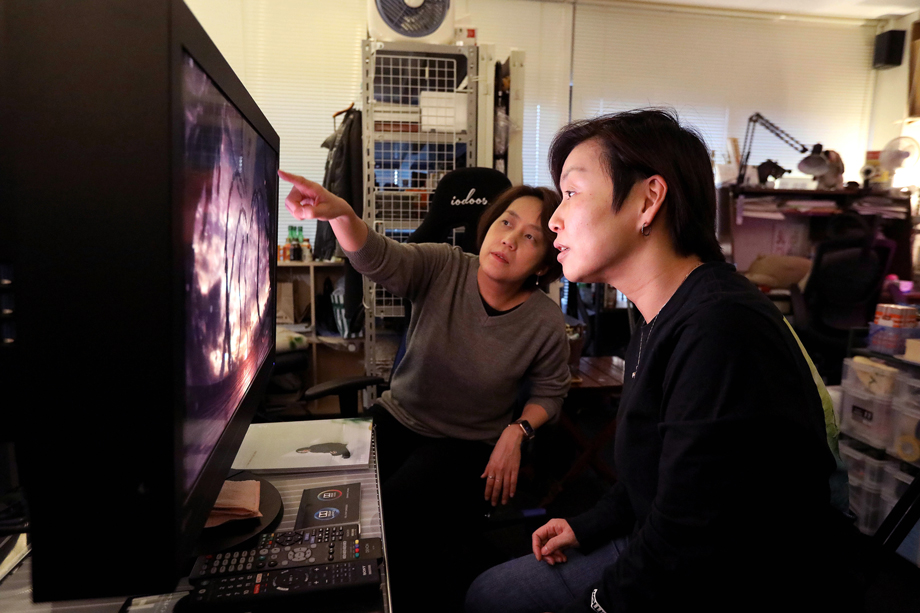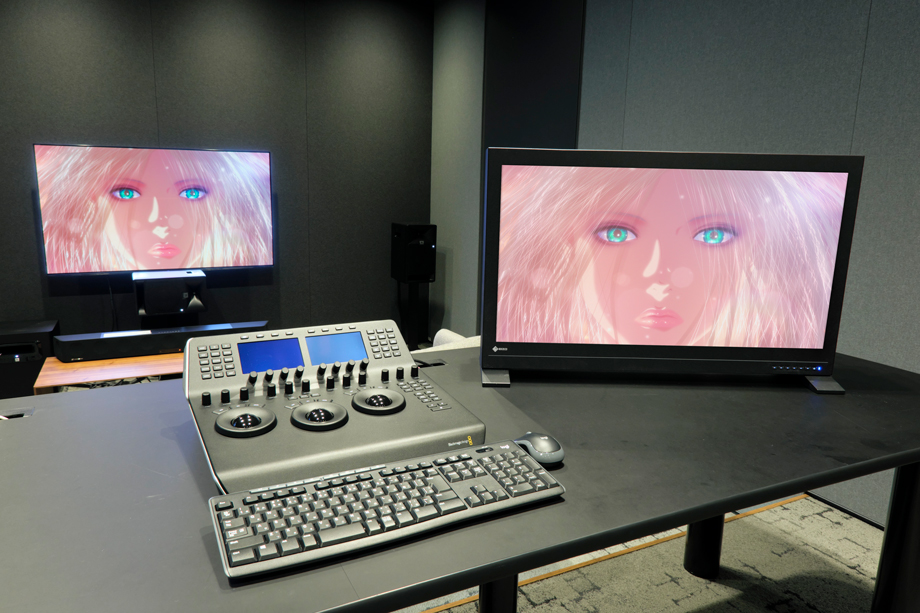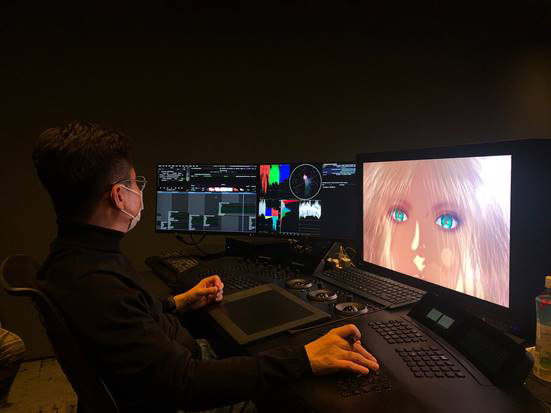Case Studies
Netflix Uses ColorEdge for the World's First 4K HDR Hand-Drawn Animation Project | EIZO

Netflix Original Animated Film Sol Levante Making-Of Video:
Netflix announced a joint project with Production I.G, which has been at the forefront of the Japanese animation production industry. The project is the world's first 4K HDR hand-drawn animated film and is titled Sol Levante. The Netflix original animated film began streaming on Netflix in 190 countries in April of 2020.
Netflix used the ColorEdge PROMINENCE CG3145 HDR reference monitor for color grading, which is the final color checking stage in the video editing process. We asked the team behind the project what their impressions were of the product.
|
|
|
Can you tell us briefly about the background behind the project?
To provide our viewers with the best possible experience, we took advantage of some of the most up-to-date innovative technologies out there, including 4K, HDR, and Dolby Atmos. Over the years, we have come to appreciate just how much Japanese animation, or “anime”, appeals to viewers across the globe. So, realizing this project was a great opportunity.
In the case of live action 4K HDR, the cameras used for filming are already equipped with sensors that support higher than 4K resolution capture, and post-production equipment is 4K HDR ready, so it is not as great a challenge. However, in animation, especially for anime in Japan, the confines of resolution and color space, as well as an overall lower awareness of HDR, provides some hurdles. So, we first had to think how a 4K HDR anime production would be received by the market, and how we needed to modify our current pipeline to support it.
Looking at the final production, how does 4K HDR compare to SDR in this case?
First, I think anyone can feel the overwhelming difference that 4K makes compared to a lower resolution. I think that Production I.G’s Director/Editor Akira Saito’s intentions to “astonish the viewer with intense detail” really come through in the final film.
With live action, you typically just focus on what you want the viewer to see most in a scene, but in this case, we didn’t want to leave anything out. No matter how many times I watch it, there is always a new detail to be discovered that I hadn’t noticed before. It really goes to show how far 4K can take you.
|
We knew that this would probably become the first anime to be created in HDR from its conception. Other anime productions that we distribute have been updated to support HDR, but they were all originally made in SDR. The first scene in the film begins in a forest at the dark before dawn. It gradually becomes brighter as we make our way out of the forest and then finally we see the sunrise. We were planning for HDR from the very first storyboard of this scene. |
|
What are your impressions of the ColorEdge PROMINENCE CG3145 for color grading?
I heard from Production I.G that they initially were planning to use a standard monitor, but once they compared the look of the highlights with the CG3145, they completely changed their mind. The CG3145 became a necessary part of the workflow to check the final colors. Using the CG3145 as a reference monitor provided absolute confidence that what they were looking at during production would be consistent. This anime in particular has a lot of bright scenes that make the dark areas pop, so without a reference monitor that could achieve 1000 nits brightness, I think would have resulted in a very different look and feel.
|
|
|
|
Comment from Netflix Colorist, Kevin Kang: |
|
Does Netflix plan to release more 4K HDR content going forward?
I think viewers are very accepting of both 4K and HDR. 2K HDR content is already enjoyed by more people every day, even if they are just watching it on their iPhone. I think 4K content will continue to favor TVs and monitors for some time, but either way it is becoming more commonplace for households. So, I think that as content creators, we need to continue to provide this format going forward. I think that we will find most of our original content will continue to be in 4K HDR, and now that we have achieved that for anime, I’d like to see more of it.
What standards do you set for yourself when creating 4K HDR content?
I belong to the Creative Technologies team. We provide technical support for video and audio for Netflix original works. Just as we have with this project, we research new technologies and efficient means to create high quality video and audio experiences. One of my roles is also to share ideas that I learn from conferences with the team and figure out how to apply that knowledge to our original productions.
Understanding how long something will retain its value is a huge focal point. We need to ask ourselves what value there is in incorporating new technologies now, even if they are not commonplace for many households yet. But Netflix is a service that offers content to our subscribers for many years. It’s important that what we create is something that can be enjoyed by viewers even 10 years or more from now. In that sense, I believe we are creating something unique.
What is your vision for the future?
We realize that 4K HDR is becoming more and more the norm every day. It isn’t a matter of just prioritizing the latest technology trends – as a creator I want to use new technology to support bringing an amazing experience to life for our viewers.
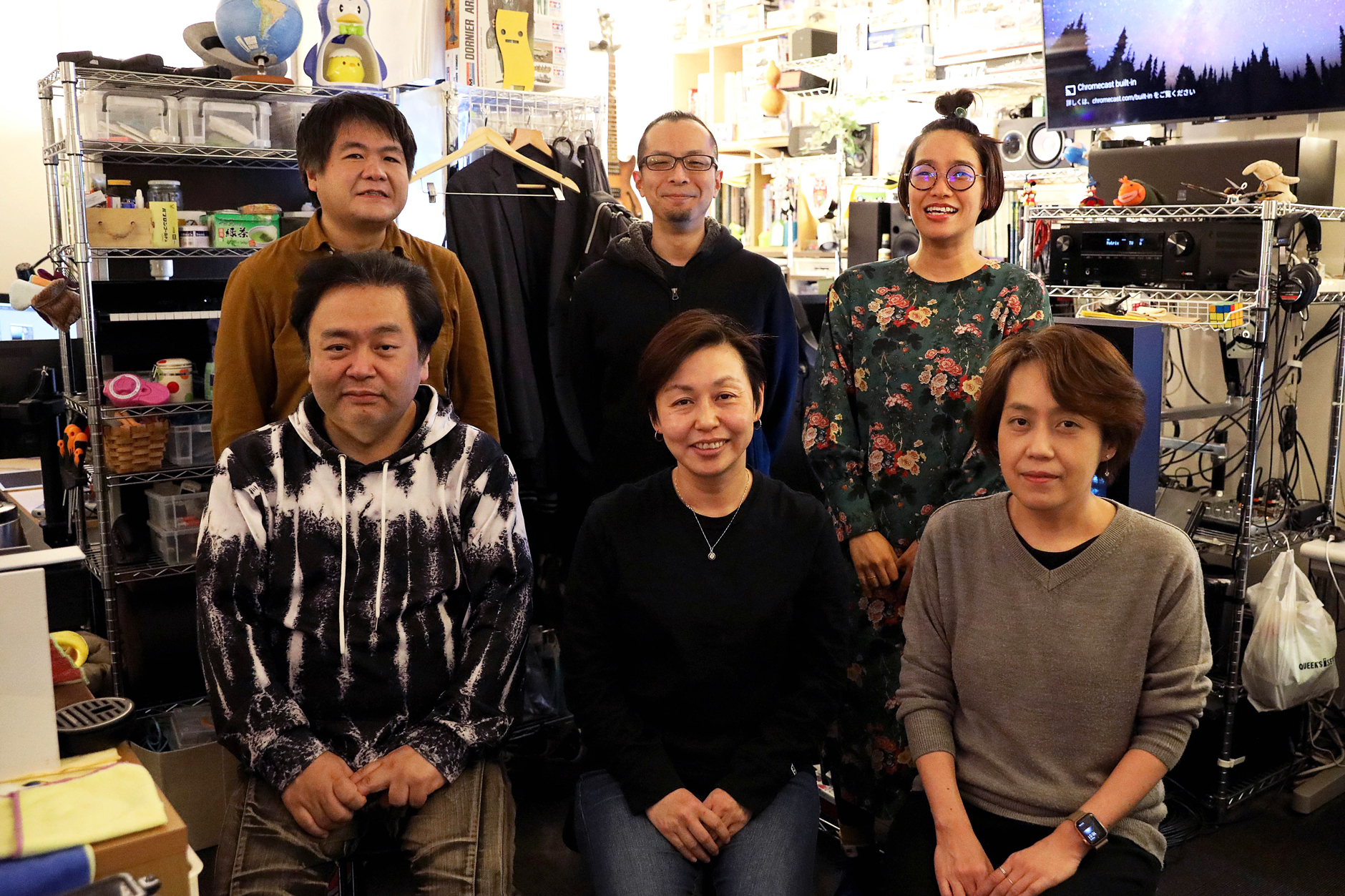
Netflix and I.G Production teams who worked on Sol Levante
Read more about how Production I.G used ColorEdge monitors in the production of Sol Levante.
Special thanks to Netflix and Production I.G for their cooperation.
Netflix
Production I.G
Deployed Product

